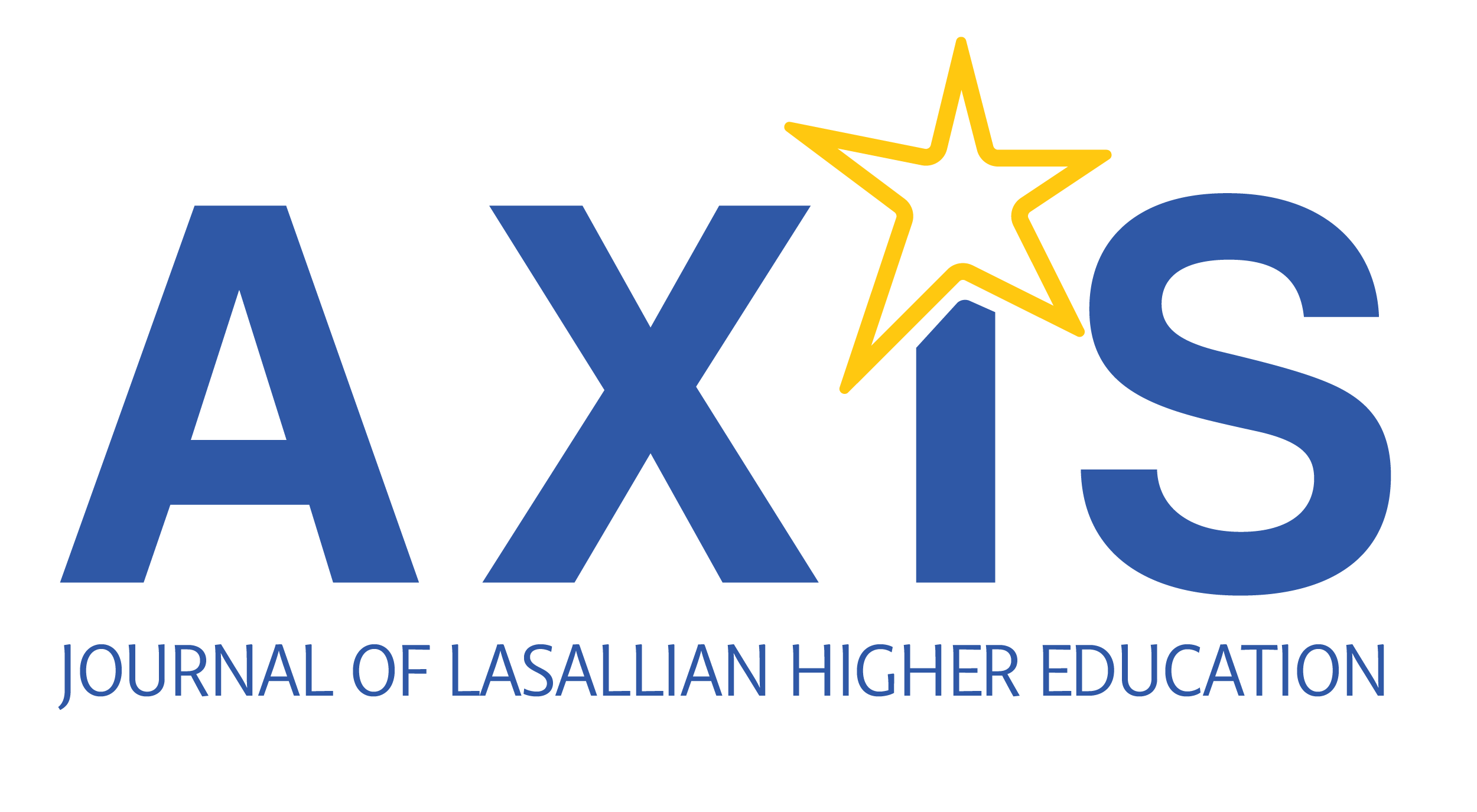Susan R. Hines, EdD
ABSTRACT
This article examines the evaluation practices used to evaluate teacher formation in the early Christian schools during John Baptist de La Salle’s founding leadership between 1680 and 1719. Stufflebeam’s CIPP Model, Kirkpatrick’s Four-Level Impact Model, and the Eight Dimensions of Quality Program Evaluation provide a three-prong theoretical framework for the analysis. De La Salle’s formation and evaluation practices are chosen in response to an ongoing need for effective models able to inform today’s faculty development evaluation work. This article provides an examination of De La Salle’s formation evaluation practices and their dimensional qualities, a comparative analysis between past and current practices, and recommendations for improvements relevant to today’s faculty development evaluation.
KEYWORDS
Faculty development, program evaluation, impact evaluation, professional development, Lasallian formation, program assessment
FULL TEXT
Evaluating Faculty Development: Looking to the Past to Improve the Future
About the Author
Susan R. Hines, Ed.D.
Director of Faculty Development for the Schools of Graduate and Professional Studies and an Associate Professor in the Ed.D. in Leadership program.
Saint Mary’s University of Minnesota, United States

